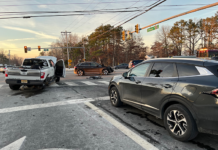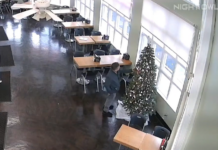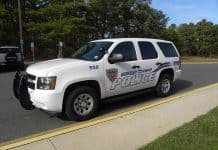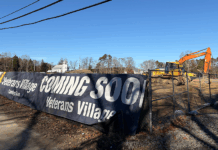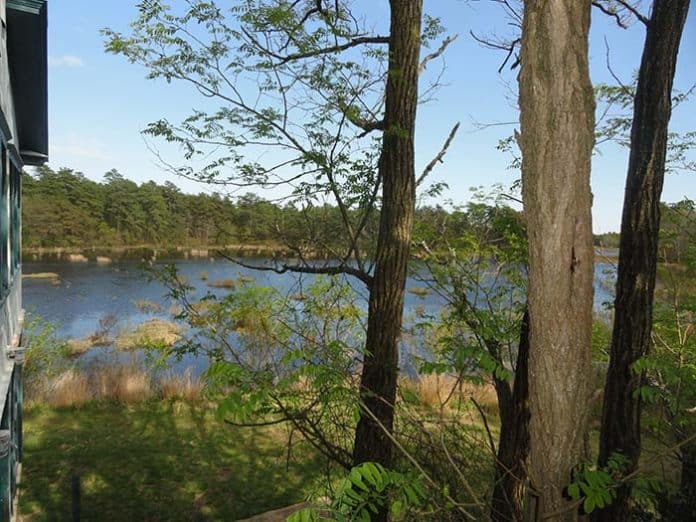
BERKELEY – The Gowdy Bog at Double Trouble State Park didn’t look much like a cranberry bog recently. It looked more like a lake.
That’s because the main bog at the state park off Pinewald-Keswick Road in Bayville was still flooded from the winter. But sometime soon, the water will be drained, so the cranberry plants can get some sun.
By October, the bog will be studded with scarlet cranberries, waiting for the fall harvest.
But whether a harvest takes place remains to be seen. Cranberry harvests at Double Trouble have been a problem for some time now.
The last partial cranberry harvest at Double Trouble was in 2012, when Deptford-based Honest Berries took over. But the harvest was never completed, after Superstorm Sandy slammed into Ocean County on Oct. 29, 2012, Unfortunately, no leaseholders have stepped up since then.
The cranberry plants now share space with an ever-increasing amount of weeds. The berries go unpicked during the fall.
Visitors to the park are not permitted in the cranberry bogs. The bogs can be viewed from the marked nature trail, according to the DEP’s website at State.nj.us/dep/parksandforests/parks/double.html.
The state Department of Environmental Protection each year since 2012 has advertised for leaseholders, with no success.
This year, whether there is a harvest depends on the DEP.
DEP officials are still evaluating, which may include a new request for proposal for cranberry harvesting at Double Trouble, said DEP spokesperson Caryn Shinske.
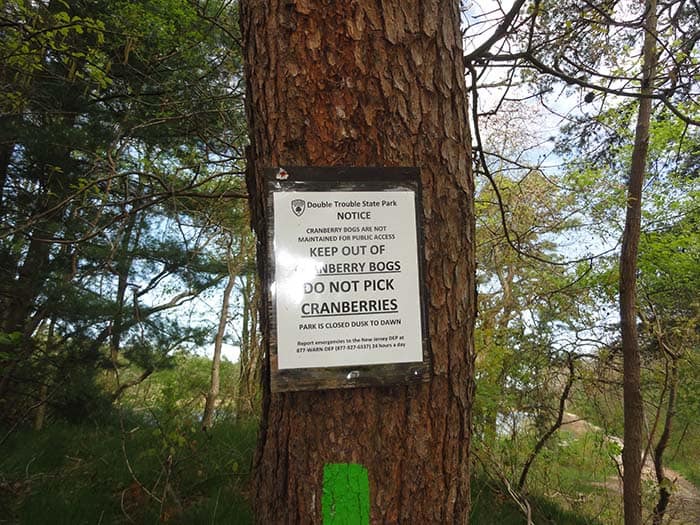
“If there are interested parties, they should reach out to the Division of Parks and Forestry for more information,” she said.
Although the native Americans may have been the first to pick cranberries at the park, the actual cranberry business culture begin during the Civil War.
Double Trouble became one of the largest cranberry operations in the state by the early 20th century, when Edward Crabbe of Toms River purchased roughly 1,000 acres in 1904.
He cleared the Atlantic White Cedar swamps after the trees were cut down and converted the swamps into cranberry bogs. The Gowdy bog, the most visible bog at the park, was one of them.
The Crabbe family owned and operated the Double Trouble Company until 1964, when they sold the land to the state. Leaseholders took over the maintenance and harvesting of the bogs, until after 2012.
Roughly 200 acres of the park is the Double Trouble Historic District. Many of the original buildings from the Double Trouble Company – including the schoolhouse, store, cabins for workers and the sawmill are still there.
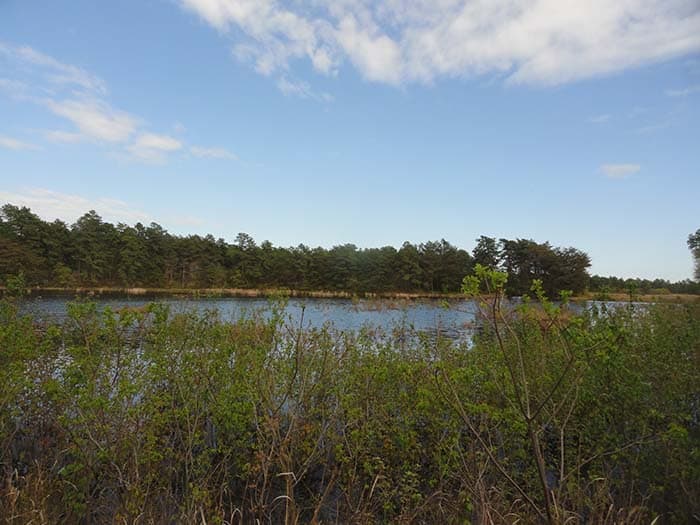
The historic district was placed on the state Register of Historic places and the national Register of Historic Places back in the late 1970s.
Daniel Crabbe, Edward Crabbe’s grandson, has discussed Double Trouble at historical societies and libraries in Ocean County many times.
The Double Trouble bogs need to be maintained each year so the cranberry plants can get enough sun. Weeds have to be removed and bogs have to be sanded too, he has said.

